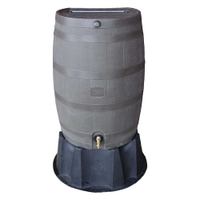5 rain barrel problems solved by gardening experts – for better rainwater harvesting at home
Avoid these common issues and mistakes when collecting rainwater in your yard
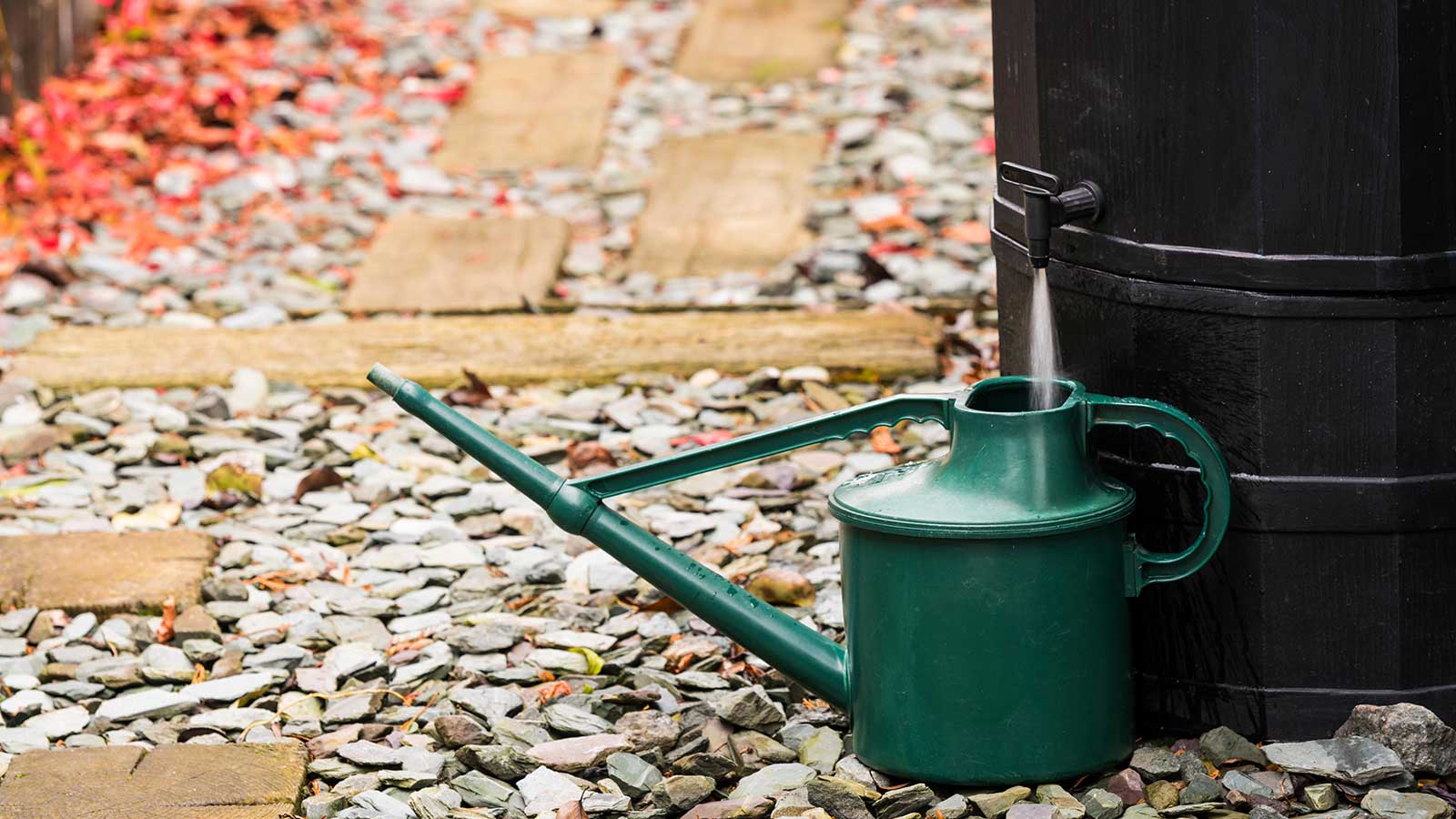

A rain barrel is an incredibly useful addition to a backyard, especially if you're looking to be more sustainable. It means you don't have to rely on tap water to keep your garden hydrated – which is better for your plants and your wallet. And, if a hosepipe ban comes into play during the height of summer, you'll be prepared.
The idea behind a rain barrel is simple. You connect a large vessel to the downpipe on the guttering of a building – be it a shed, a greenhouse, or your home – and the rainwater flows in, filling it up. But when harvesting rainwater in this way, some problems can arise, from insect intrusion and undesirable odors to weak pressure when attaching a hose.
Luckily, with a bit of know-how and advice from the experts, such rain barrel problems can be solved, and common mistakes avoided.
Home Accents Polyethylene 50-Gallon Rain Barrel | $181.73 from Amazon
Haven't got a rain barrel yet? This well-rated design has an attractive look, a brass spigot, and a sturdy base. The flat back means it can be positioned neatly against walls, making it perfect for smaller spaces.
5 common issues with rain barrels and how to solve them
Keep your sustainable garden problem-free with these expert insights.
1. The water in my rain barrel has turned green
Not adding a lid to your rain barrel is probably one of the biggest mistakes you can make. One problem that can derive from this is the growth of green algae, as sunlight encourages it.
If you cover the rain barrel, the algae that is thriving there will die and the water will stay clear and wholesome – and much more suitable for watering delicate seedlings, should you need to. Keeping the rain barrel somewhere relatively shaded can also reduce algae formation.
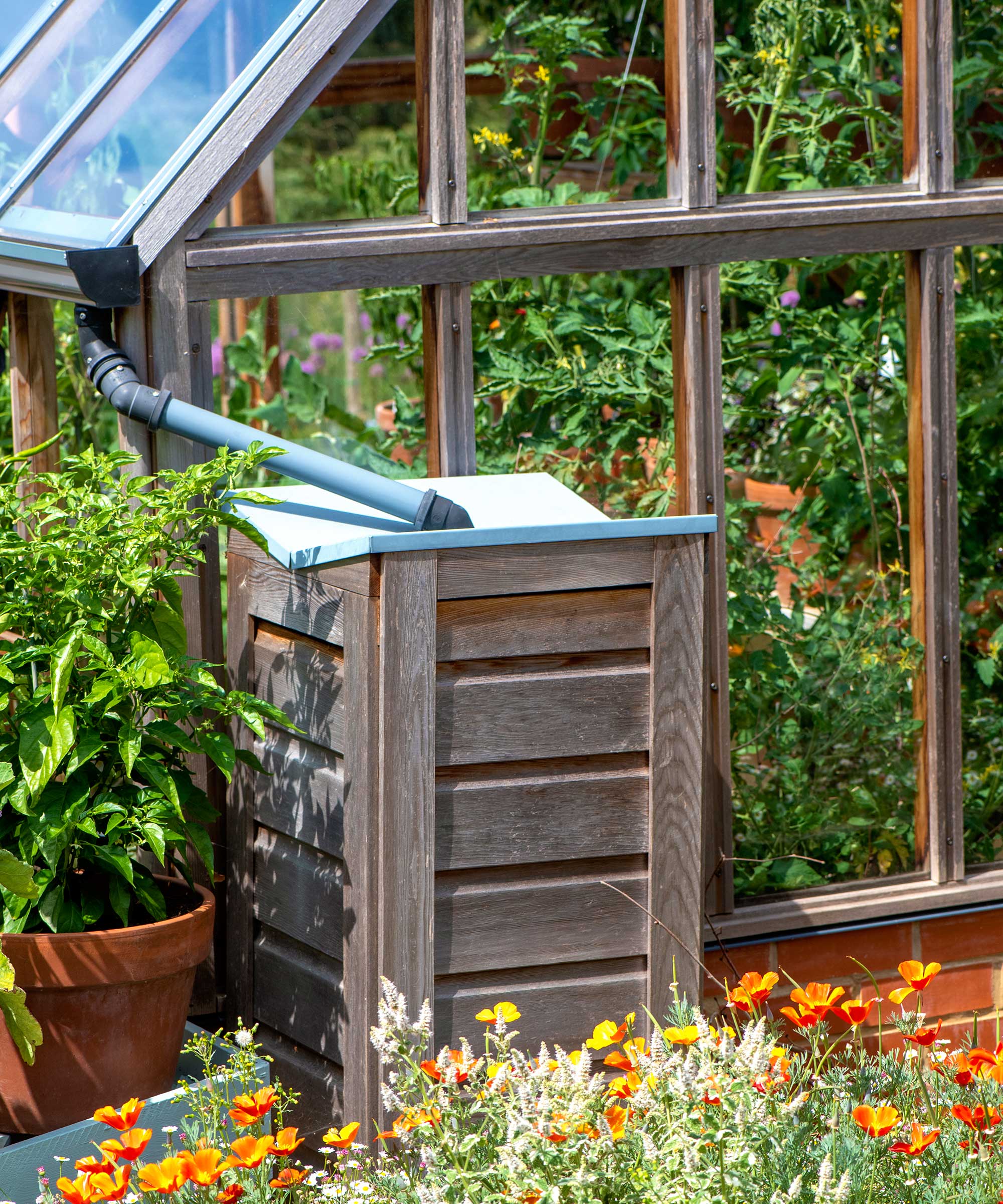
A lid can help to prevent algae
2. There's a dead slug in my rain barrel
A slug floating in your barrel can be more than a little off-putting. 'Use a net to remove the slug, but if you haven’t got one, place a piece of cardboard in the water, under the slug, then raise it gently,' says John Negus, a gardening expert.
'The slug will almost certainly adhere to the cardboard and both can be consigned to the compost heap.'

John has been a garden journalist for over 50 years and regularly answers readers' questions in Amateur Gardening magazine. He has also written four books and has delivered many talks over the years on horticulture.
3. Mosquitoes are living in my rain barrel
Unfortunately, rain barrels can attract mosquitoes. Again, a tight-fitting lid can prevent this problem, or stretch and secure one made from mesh – such as these well-rated Bandelt ones from Amazon.
'Alternatively, pour a little vegetable oil into the water,' says John Negus. 'This forms a surface layer that the mosquitoes can’t penetrate and any existing larvae will be robbed of oxygen and die.'
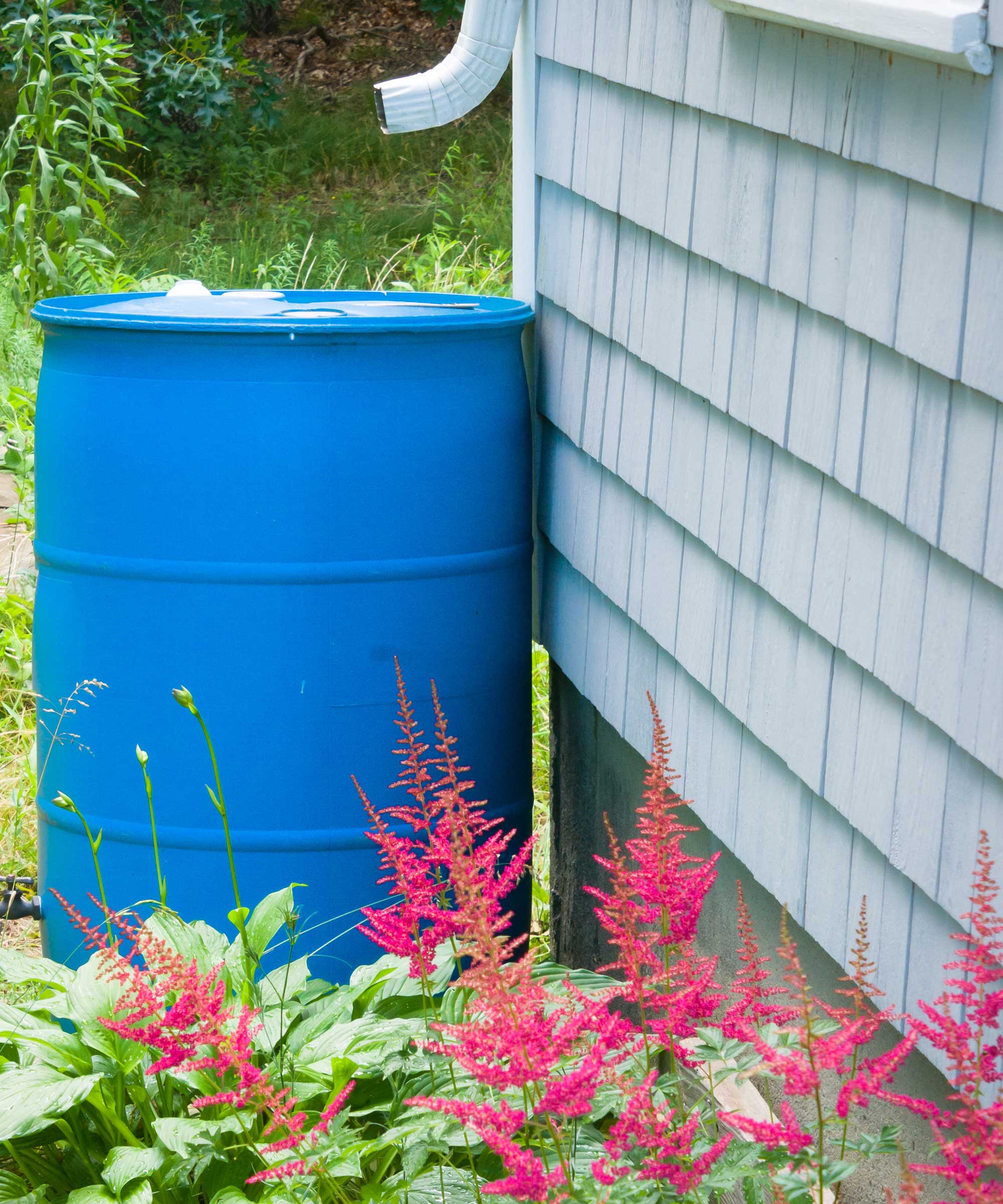
Deter mosquitoes from your barrel
4. The water in my rain barrel smells bad
Although, according to the Royal Horticultural Society, you can still use bad-smelling rain barrel water in a watering can, an annual clean can prevent the problem and keep it fresh.
The process is easy: disconnect it from the downpipe and empty it out, including any accumulated debris at the bottom, then scrub the interior with warm water mixed with bleach, dish soap, or vinegar. Rinse and let it dry afterward.
It's also a good idea to periodically clean the gutters that feed into the water butt.
5. When attaching a hose to my rain barrel, the water pressure is very low
Provided the hose isn't clogged with debris, this problem is likely caused by your rain barrel being positioned too low. Creating a sturdy base for it to sit off the ground by at least a foot will increase the water pressure.
What's more, it will also make it easier to fill up a watering can – and help to protect it from frosts during winter.
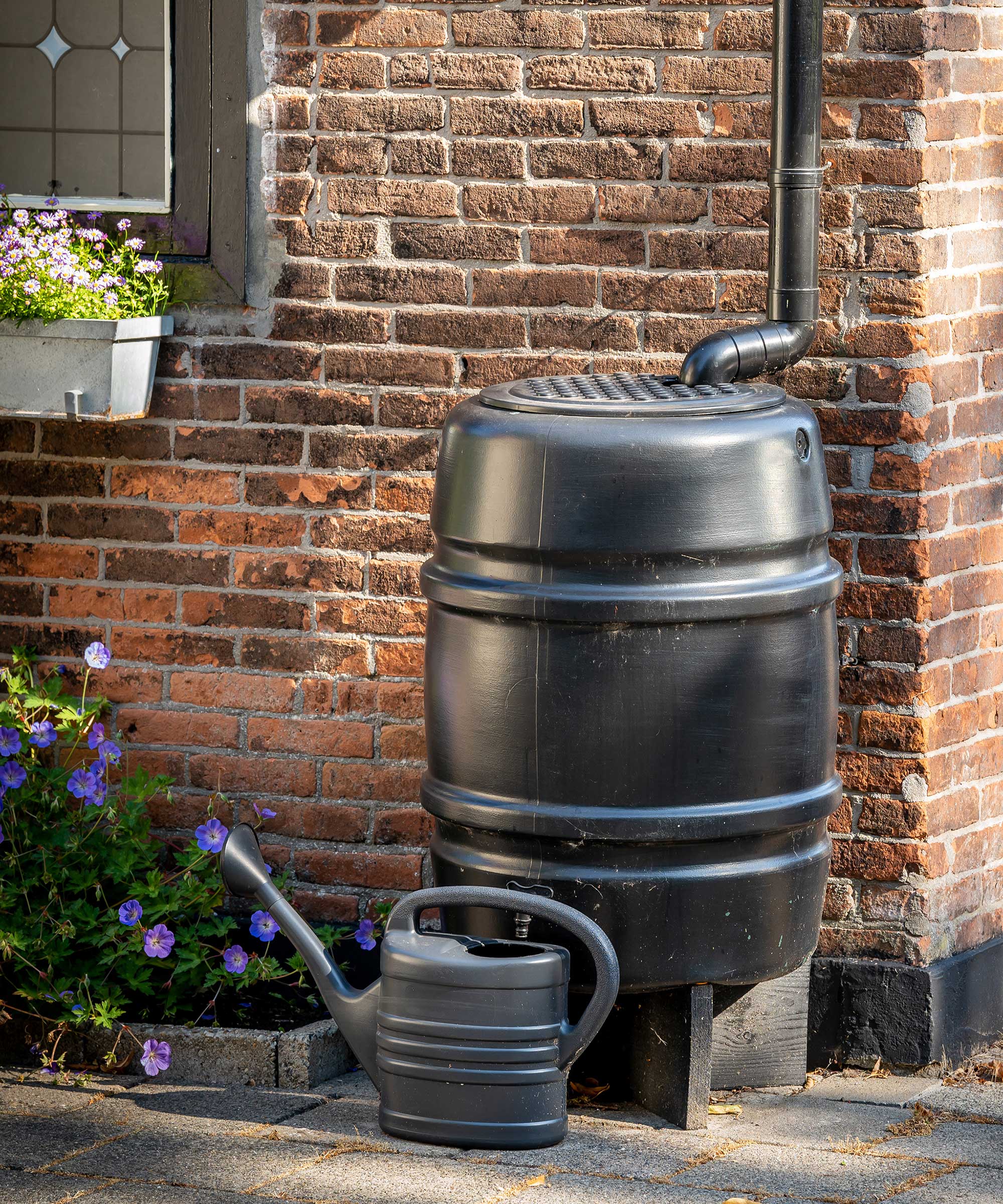
Positioning your rain barrel on a stand makes it easier to fill a watering can
FAQs
Is it safe to use the water from a water butt, that is fed from our house roof, on vegetables? We found a dead mouse in it and birds perch on the ridge a lot.
'I understand your concern about watering your vegetables using water from a butt in which a mouse drowned and which may have been contaminated with bird poo,' says John Negus, a gardening expert of Homes & Gardens.
'Normally, when rain barrel water is used
for irrigating crops, the contaminants we are talking about break down into basic elements – nitrogen, phosphorous and potassium – which are used by plants as food. I do not think you need be alarmed about this situation, though if you remain concerned you can buy rain barrel purification tablets from garden centers and online.'
Overall, adding a lid to your rain barrel, positioning it correctly, and giving it a clean now and again are the key factors in preventing common problems. Once you've got those sorted, they become so straightforward to use that you may even decide to invest in another for your backyard.
Sign up to the Homes & Gardens newsletter
Design expertise in your inbox – from inspiring decorating ideas and beautiful celebrity homes to practical gardening advice and shopping round-ups.

Holly started writing about gardening five years ago, and she is a regular contributor to Homes & Gardens. She has also written many gardening features for Woman & Home and Real Homes, too. She has previous experience as a professional gardener, where she helped to plant and maintain private gardens. Holly has also looked after allotment plots over the years and loves to grow her own flowers and veggies from seed. In her spare time, she enjoys visiting local gardens, botanical drawing, and tending to her ever-growing collection of houseplants.
-
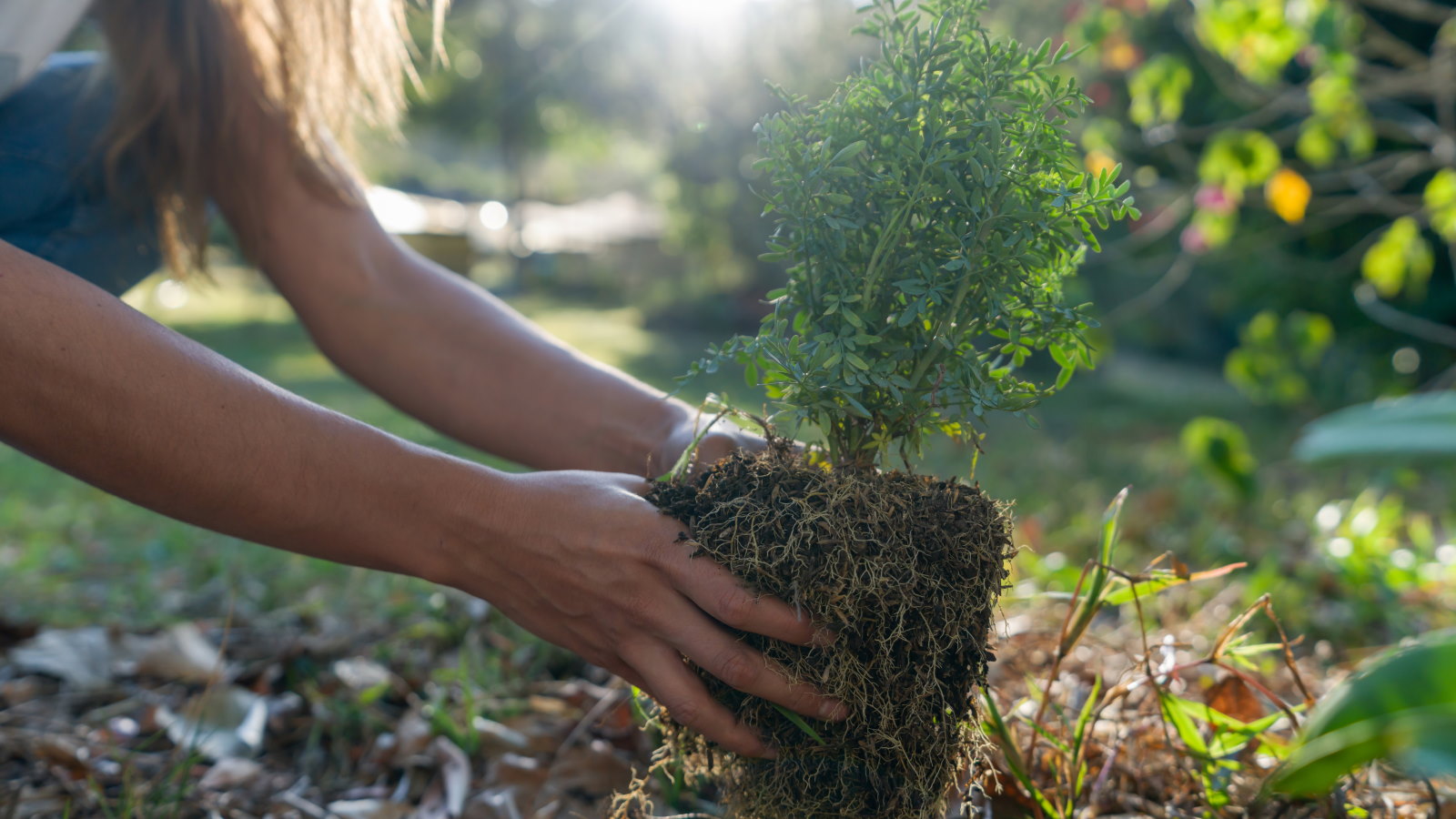 7 shrubs to plant in April to transform beds and borders – including native plants and bushes suitable for dry or wet spots
7 shrubs to plant in April to transform beds and borders – including native plants and bushes suitable for dry or wet spotsThese shrubs can bring flowers, texture, and fragrance, as well as attracting beneficial insects and birds
By Drew Swainston Published
-
 'The world will not end' – 5 cleaning habits to quit for a happier, easier life, and what to do instead
'The world will not end' – 5 cleaning habits to quit for a happier, easier life, and what to do insteadGet your home sparkling, minus the stress
By Ciéra Cree Published
